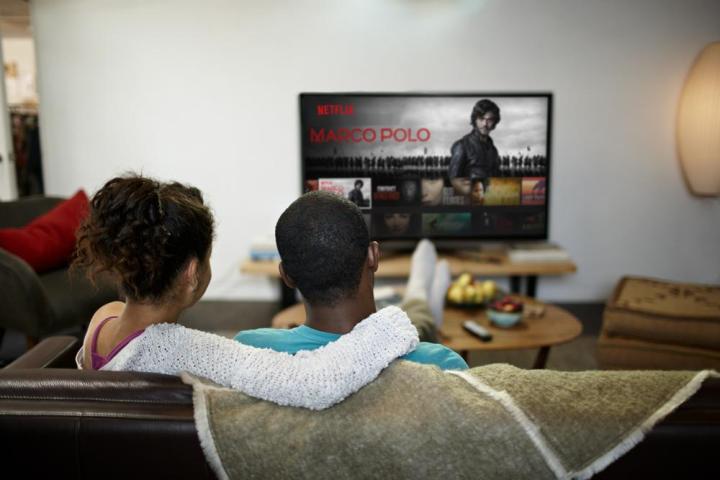
This new tax is estimated to bring in an additional $12 million a year for the city of Chicago, although the effectiveness of the tax is highly dependent on the number of streaming subscribers that live in the Chicago area. By design, this new tax has been implemented to combat the downturn of physical media purchases as well as the shrinking number of stores to purchase or rent entertainment. On other words, Chicago wants to collect tax on Netflix because Blockbuster has gone the way of the dodo.
A Netflix subscriber in Chicago will probably see their bill increase from $8.99 a month to $9.80 a month. Over an entire year, that will cost a subscriber roughly $117.60 instead of $107.88. It will be difficult for any Chicago resident to evade the new tax as collection will likely be tied to a user’s billing address. Of course, companies that manage cloud services within Chicago can simply move their company to a new city in order to avoid paying an additional 9 percent each month.
Detailed by the Chicago Tribune, streaming entertainment companies will have until September 1, 2015 to start collecting and paying the tax. Speaking about the implementation of the new tax, Chicago alderman Ameya Pawar said “A lot of these online companies, their whole business model seems to be to get around the tax code, and to me that’s no business model at all. This is a step toward trying to correct that situation, and toward making sure the existing code reflects the realities of the marketplace.”


